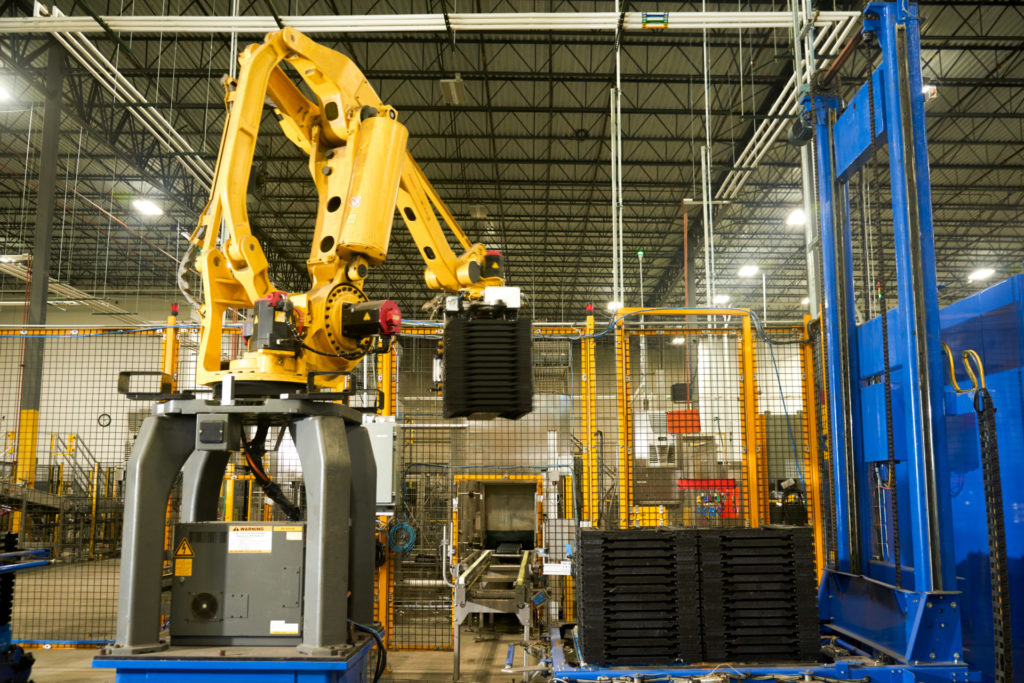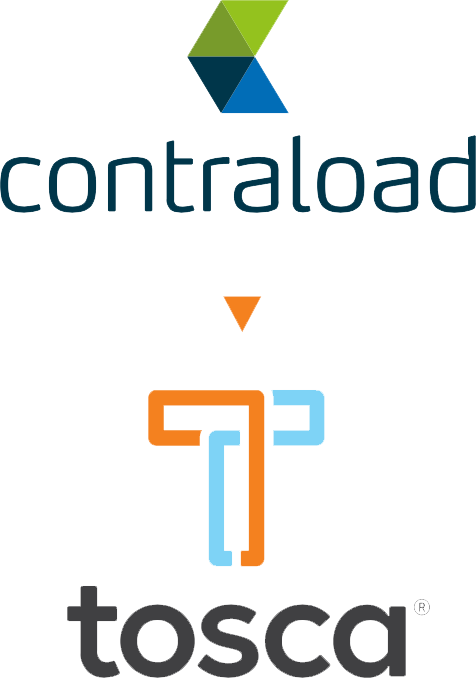Is your supply chain ready for automation?
Food and beverage supply chains are complex. Forward-looking companies are automating their processes to streamline operations, improve efficiency, and optimize quality. We discuss why automation is a vital step in the evolution of the modern supply chain and provide tips for ways businesses can prepare their operation to accommodate its requirements.
From robotics to Radio Frequency Identification (RFID) and intelligent asset monitoring, various technologies are available to help businesses leverage the benefits of automation. Surprisingly, however, research shows that nearly 80% of companies still rely on more traditional, often manual, approaches. As the automation trend is only set to grow in the future, businesses that don’t adapt their supply chain to meet its requirements risk missing out on technologies that could give them a significant advantage.
This could manifest, among other things, as the lack of operational data. Without automation, data can be hard to gather, making monitoring anomalies, identifying potential risks, and planning future improvements difficult.
Improving operation
So how, then, can automation help operators in the food and beverage sector optimize their supply chains?
Firstly, by giving them better control over the quality of the products, in terms of hygiene, packaging, and appearance. As they travel through the supply chain, products can get damaged, tampered with, or exposed to environmental factors, such as moisture and heat. These risks can be mitigated by, for example, using robotics and remote monitoring technologies to ensure consistency in packing, improve load stability in stacking, and reduce the risk of contamination during storage.
Sophisticated tracking technologies, such as RFID, help enhance traceability, ensure compliance with regulation, and protect businesses against malicious claims. Moreover, the data allows operators to identify processes that could put operation at risk, track missing items and improve service by keeping suppliers, delivery partners, and customers updated on the status of their orders.
Moving away from manual processes can help make the sector a safer and more attractive workplace. Automating tasks, such as loading and heavy lifting, helps reduce the need for workers to undertake high-risk activities and frees up capacity for more value-adding activities.
It’s also worth mentioning the positive impact automation can have on sustainability. By improving how assets and resources, such as trucks, fuel, or single-use packaging like corrugated, are used, businesses can cut their CO2 emissions and drive out waste.
Paving the way for future automation technologies
Despite automation often being associated with robots and multimillion investments, approaching it doesn’t need to be complicated or costly. Instead of a complete overhaul of production facilities, an easy way to start is by ensuring that existing processes are ready to support future automation efforts so that they can deliver on their full potential for years to come.
This can mean, for example, switching from corrugated cardboard boxes and wooden pallets to automation-ready reusable plastic containers and pallets.
Designed for the automated environment
Plastic is durable and can be easily handled by robot grippers without splintering and damaging the machinery or products. It’s hygienic by design and non-porous, so any potential product spillages remain contained, minimizing risk to the delicate machinery. This also helps eliminate any calibration issues on automated production lines. With wood and corrugated, leakages can alter the weight and damage the structure of the containers, whereas plastic remains consistent in weight, shape, and size.
Plastic crates and pallets are lighter than their wood counterparts, helping reduce the wear that the warehouse equipment is subjected to and the amount of energy required to transport them across various stages of the supply chain. There are other sustainability benefits, too. Switching to reusable plastic crates removes a significant amount of single-use corrugated from the supply chain and, since not all corrugated gets recycled, from the landfill.
Unlocking new efficiency with supply chain automation
Working with partners who constantly develop their offering can help further simplify the road to automation. Pooling is a good example of this: leading pooling service providers, such as Tosca, can ensure the operator always has access to the latest solutions, and the flexible approach makes it easy to keep up with the changing business requirements.
Efficiency can also be enhanced by combining pooling with the latest IoT tracking technology, which turns data into actionable insight. Tosca’s Asset IQ service, for instance, collects data on the pooled assets throughout their journey down the supply chain, providing the end-to-end visibility and transparency that is crucial in the food sector. The information enables operators to track their utilization levels, cycle times, overall pool efficiency, and many variables that contribute to the quality of the products during transportation and storage, such as temperature, humidity, hygiene, and vibration.

No better time to start
With the level of automation expected to grow over the coming years, the businesses that take steps to accommodate its requirements early on will be better placed to leverage its benefits.
Fortunately, the first steps don’t require drastic action or investment. By working with trusted partners, operators can make sure that the processes they rely on today are automation-ready so that they can adapt to, or even drive, progress and build a strong foundation for the supply chains of the future.


